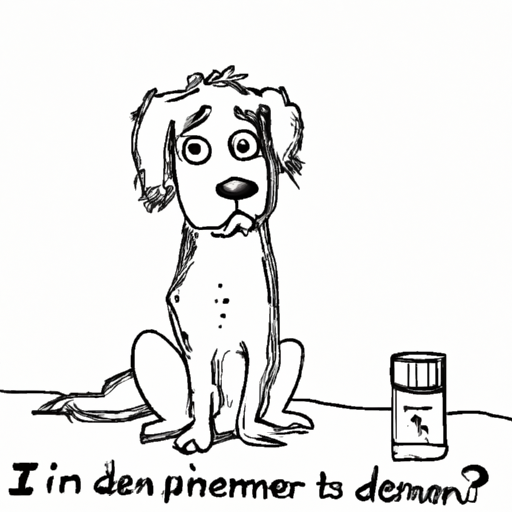Table of Contents
- Understanding EnteDerm
- How Does EnteDerm Work?
- When and How to Use EnteDerm
- Potential Side Effects and Precautions
- FAQs
Understanding EnteDerm
EnteDerm is a prescription medication that is often used by veterinarians to treat various skin conditions in dogs. Manufactured as an ointment, it is primarily used to alleviate inflammation, itching, and discomfort associated with dermatological disorders.
The main constituents of EnteDerm include:
- Nystatin: An antifungal used to combat yeast infections.
- Neomycin sulfate: An antibiotic that fights bacterial infections.
- Thiostrepton: An antibiotic effective against certain Gram-positive bacteria, including some that are resistant to other antibiotics.
- Triamcinolone acetonide: A corticosteroid that reduces inflammation and itchiness.
Here’s a snapshot of the active ingredients:
| Ingredient | Role |
|---|---|
| Nystatin | Antifungal |
| Neomycin sulfate | Antibiotic |
| Thiostrepton | Antibiotic |
| Triamcinolone acetonide | Corticosteroid |
How Does EnteDerm Work?
EnteDerm works by leveraging the combined powers of its four active ingredients.
- Nystatin: It combats fungal and yeast infections that can cause severe discomfort and skin disorders in dogs.
- Neomycin and thiostrepton: These antibiotics prevent the growth of bacteria, aiding in the treatment of secondary bacterial infections that often accompany chronic skin diseases.
- Triamcinolone acetonide: As a potent corticosteroid, it reduces inflammation and itching, providing much-needed relief for your furry friend.
When and How to Use EnteDerm
EnteDerm is typically used to treat a variety of skin conditions such as:
- Dermatitis
- Eczema
- Skin allergies
- Fungal or bacterial infections
- Chronic otitis (ear infections)
Before applying EnteDerm, it’s important to clean and dry the affected area. Apply a thin layer of the ointment, generally 2-3 times a day. However, the exact dosage and frequency will depend on your dog’s condition, severity, and your vet’s prescription. Always follow the vet’s instructions to the letter to ensure the best outcomes for your dog.
Potential Side Effects and Precactions
Even though EnteDerm is generally safe for dogs, there are potential side effects that you should be aware of. These may include increased thirst and urination, vomiting, weight gain, or skin thinning at the site of application.
If your dog is pregnant, lactating, or suffering from serious health conditions like diabetes, heart issues, or kidney disease, discuss these with your vet before using EnteDerm.
Frequently Asked Questions
Q1: Can I use EnteDerm without a vet’s prescription?
No, EnteDerm is a prescription medication and should only be used under the guidance of a vet.
Q2: Can EnteDerm be used for cats?
Yes, EnteDerm can be used to treat dermatological conditions in cats as well.
Q3: How long does it take for EnteDerm to work?
The time it takes for EnteDerm to work can vary, but you should start seeing improvements in your dog’s condition within a few days. If you don’t see any changes after a week, consult your vet.
Q4: Can EnteDerm cause any allergic reactions?
While rare, allergic reactions can occur. If your dog shows signs of an allergic reaction, such as swelling, hives, or difficulty breathing, seek immediate veterinary attention.
In conclusion, EnteDerm is a versatile medication that can provide relief for your dog from various skin conditions. It’s critical to follow your vet’s guidelines to ensure your dog’s health and safety. If you have any concerns or questions, never hesitate to reach out to your vet for advice.



